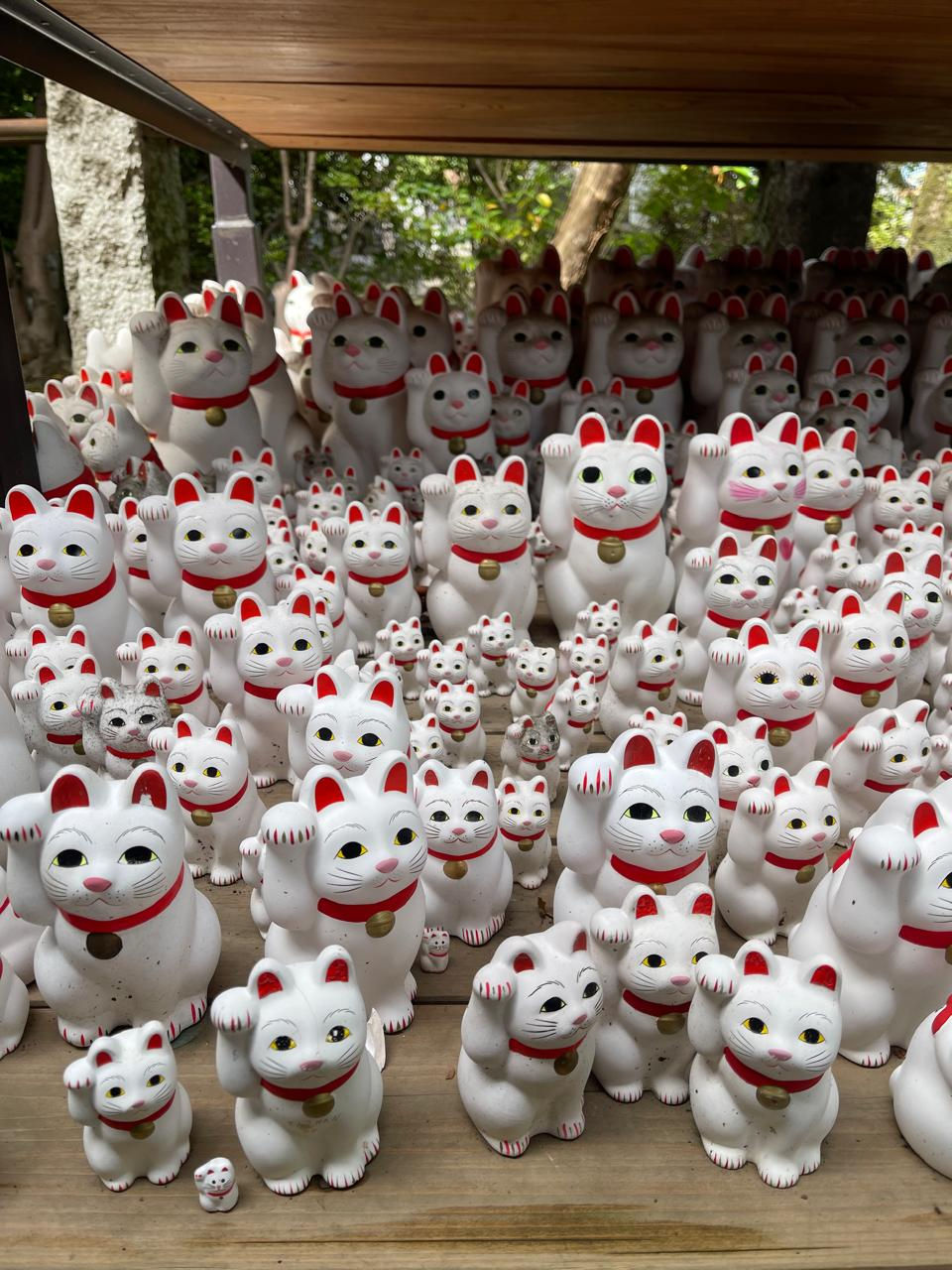Discovering Narita Village: A Hidden Gem Near Tokyo
- Your Team

- Nov 23, 2024
- 3 min read
While Narita is most commonly associated with its bustling international airport, just a short distance away lies Narita Village, a charming and historic destination that offers a serene escape from Japan’s urban sprawl. Whether you’re on a layover or planning a day trip from Tokyo, Narita Village is a delightful blend of history, culture, and local flavors. Here’s everything you need to know about visiting this hidden gem.
A Glimpse into Narita’s History
Narita Village, also known as Naritasan, has roots that trace back over 1,000 years. Its centerpiece, the Naritasan Shinshoji Temple, was established in 940 AD and remains one of Japan’s most significant Buddhist temples. Dedicated to Fudo Myoo, the deity of fire and wisdom, the temple played a pivotal role in shaping the cultural and spiritual identity of the area.
The village developed around the temple, with shops, restaurants, and inns catering to pilgrims and visitors over the centuries. Walking through Narita’s quaint streets, you’ll feel a connection to its storied past, with Edo-period architecture and the rhythmic chanting of monks creating a tranquil atmosphere.
What to Do in Narita Village
1. Visit Naritasan Shinshoji Temple
Start your journey at this majestic temple complex. The sprawling grounds include several halls, pagodas, and serene gardens. Don’t miss the Great Main Hall (Daihondo) and the Three-Storied Pagoda, both of which showcase stunning architectural craftsmanship. If you’re visiting in January, you can witness the annual Narita Gion Festival, a vibrant celebration featuring elaborate floats and traditional music.
Pro Tip: Visit in the morning to catch the Goma Fire Ritual, a mesmerizing ceremony involving fire, chanting, and prayers for purification and blessings.
2. Stroll Along Omotesando Street
This picturesque street is the heart of Narita Village, leading from Narita Station to Shinshoji Temple. Lined with traditional wooden buildings, Omotesando is a hub of activity, offering a mix of shops, eateries, and artisanal stores.
Make sure to try grilled eel (unagi), a Narita specialty. Restaurants like Kawatoyo prepare the eel fresh, and the smoky, savory flavors are an unforgettable treat. For dessert, grab a matcha soft-serve ice cream or senbei (rice crackers) from the street vendors.
Pro Tip: Many shops offer samples, so take your time exploring and tasting.
3. Explore Naritasan Park
Behind the temple lies Naritasan Park, a serene oasis spanning over 16 hectares. With its koi ponds, teahouses, and walking trails, it’s the perfect spot to relax and soak in the natural beauty. During spring, the cherry blossoms create a breathtaking pink canopy, while autumn transforms the park into a palette of warm reds and oranges.
Pro Tip: Bring a camera to capture the seasonal beauty and the tranquil ambience of this hidden retreat.
4. Visit the Narita Yokan Museum
Narita is also famous for yokan, a traditional sweet made from red bean paste, sugar, and agar. The Yokan Museum provides insight into the history and production of this beloved treat. You’ll also get to sample some of the finest yokan, which makes for an excellent souvenir.
5. Aviation Enthusiasts Rejoice
If you’re a fan of aviation, the Museum of Aeronautical Sciences near Narita Airport is worth a visit. It features fascinating exhibits on the history of aviation, flight simulators, and an observation deck to watch planes take off and land.
Tips for Visiting Narita Village
1. Plan for a Half or Full Day: While Narita Village is compact, its many attractions and leisurely pace make it ideal for a half or full day of exploration.
2. Getting There: From Tokyo, take the JR Sobu Line or Keisei Main Line directly to Narita Station. The journey takes about an hour and costs less than 1,000 yen.
3. Comfortable Shoes Are a Must: The streets of Narita are cobblestone, and the temple complex involves some uphill walking, so wear comfortable shoes.
4. Timing Is Key: Visit in the early morning or late afternoon to avoid crowds, especially during weekends and holidays.
5. Currency: Many smaller shops are cash-only, so have some yen handy.
6. Seasonal Events: Check the local calendar for festivals like the Narita Gion Festival in July or the Setsubun Bean-Throwing Festival in February, which provide unique cultural experiences.
Next time you’re in Tokyo or catching a flight through Narita Airport, carve out some time to explore this hidden gem. Trust me, it’s worth every step. 🏯✨










Comments